Mesmerising shades of blue overlap in the hyper-realistic pastel drawings of Zaria Forman, the visual artist who followed fleeting forms of ice and water across the world over the past decade. Her work has been displayed in exhibitions in the U.S. and Europe, as well as on the set of Netflix’s House of Cards and theatre productions Giselle and Luminous, while her commitment to raise awareness about climate change led the Brooklyn-based artist to hold a TED talk in late 2015.
Forman’s passion for drawing landscapes dates back to her early childhood, when she would join her mother, late photographer Rena Bass Forman, in her expeditions to remote corners of the globe. Though always drawn to water in all its forms, it was through her mother’s work that Forman discovered her fascination for icy landscapes and became even more aware of global warming’s impact. After her visit to Svalbard, Norway, that same realisation crystallised with Chasing the Light, an expedition to Greenland she led in 2012, and subsequently brought her to low-lying Maldives.
In 2015, Forman visited Antarctica as artist-in-residence aboard the National Geographic Explorer, an experience which inspired the imposing project she is currently working on, in her words “the most ambitious I have yet undertaken”.
We asked the artist about her awe-inspiring production, her relationship with water and visiting Antarctica.
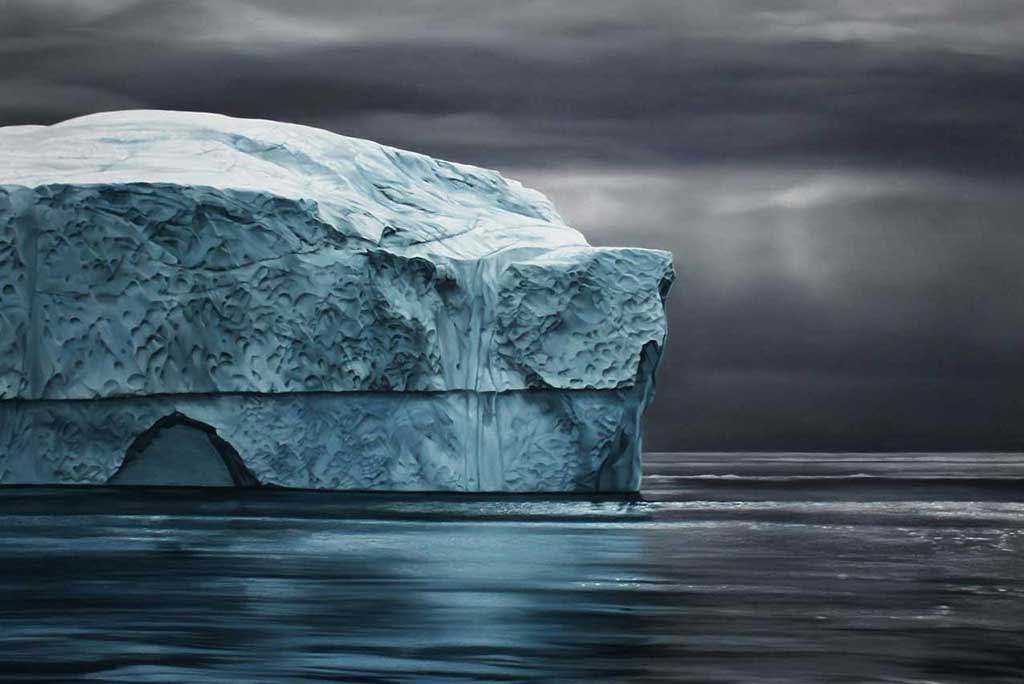
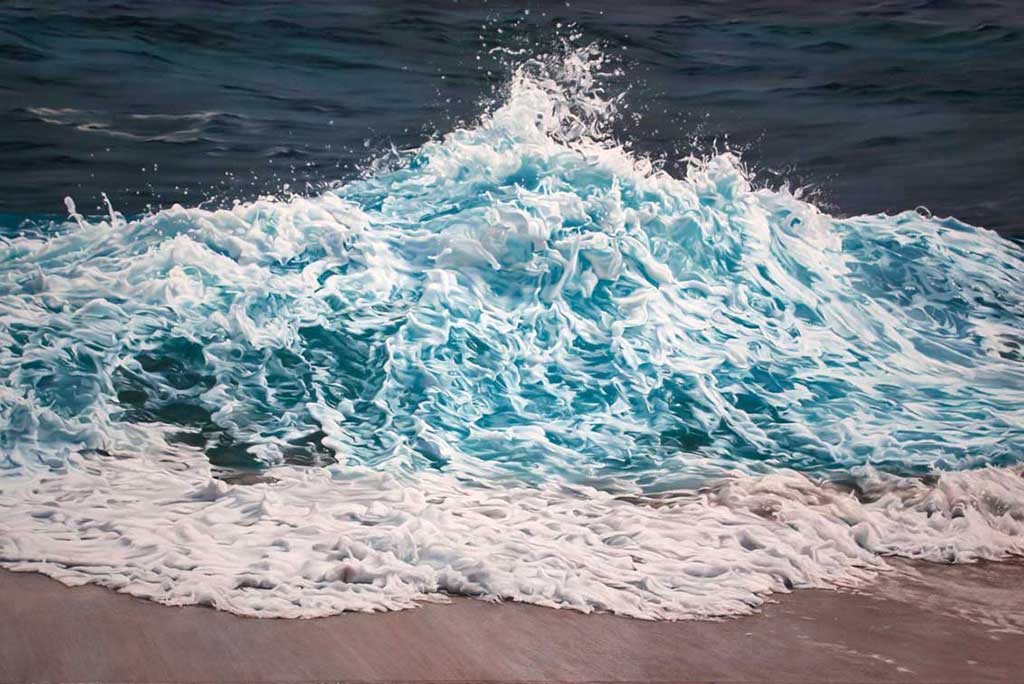
What generally inspires you?
Zaria Forman: The inspiration for my drawings began in my early childhood, when I travelled with my family throughout several of the world’s most remote landscapes, which became the subject of my mother’s fine art photography. I developed an appreciation for the beauty and vastness of the ever-changing sky and sea. I loved watching a far-off storm on the western desert plains, the monsoon rains of southern India, and the cold arctic light illuminating Greenland’s waters.
I have very fond memories of our family trips and consider them a vital part of my upbringing and education. I feel very fortunate that I had the opportunity to see so much of the world, and to learn first-hand about cultures so vastly different from my own. This myriad of experiences instilled in me a love of exploring and a need to continue exploring and learning for the rest of my life.
Your drawings are hyper-realistic. How do you see the relationship between reality and art?
I actually don’t set out to make anything hyperreal. Rather, I attempt to portray the landscape as I experienced it. My personal and emotional experiences influence the composition (how can they not?). I do want my drawings to look realistic, to give people an opportunity to experience a landscape they may never have the chance to visit.
In your pieces you go into extreme, meticulous detail. Which kind of insights into nature did studying and drawing landscapes at this level provide you with?
I have learned that nature is the best artist there is! There are an infinite number of ways the wind can move a body of water, of ways water can sculpt a chunk of ice, and of ways the sun can illuminate water in all its solid, liquid, and vaporous forms. I have learned a great deal about how to render many of these textures and surfaces, but there will always be more to learn, and that very thought motivates and inspires me.
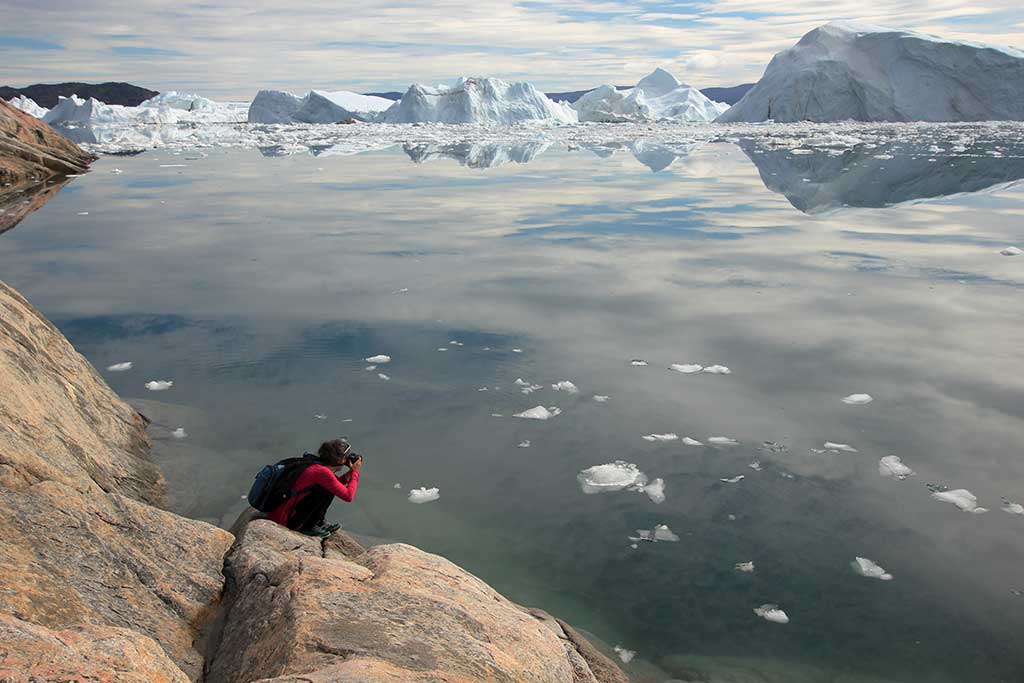
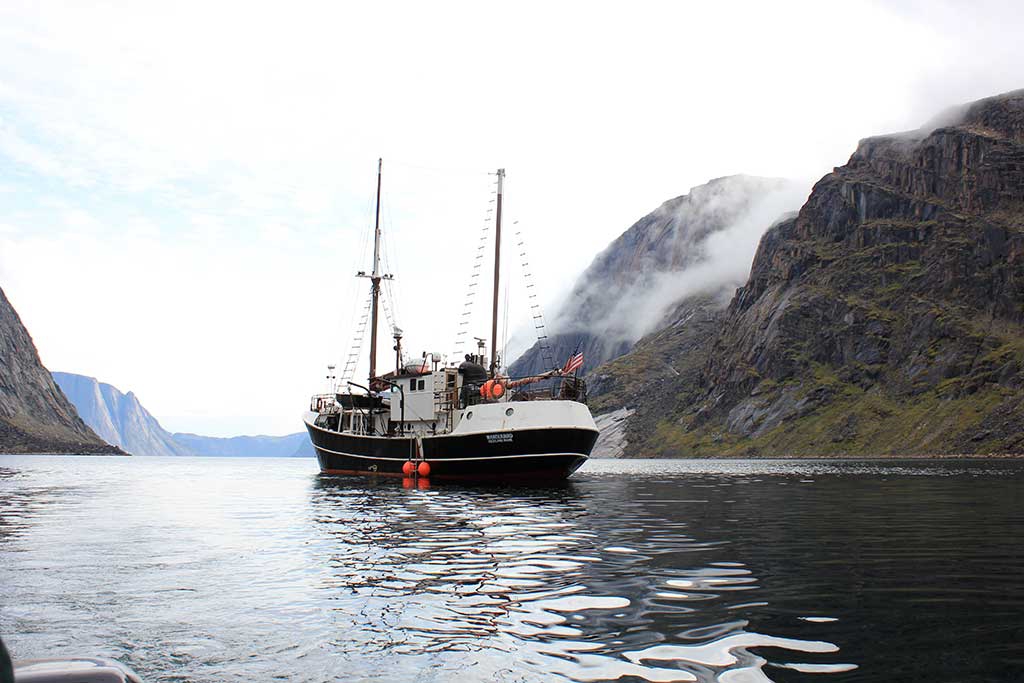
Water, which you defined “a metaphor of life”, has been the subject of most of your production. Could you tell us more about your relationship with it?
I think most human beings are drawn to water in one way or another. It makes up more than 75% of our bodies, and it covers most of the Earth’s surface. We need water to survive, but we also gravitate toward its beauty—the respite, shimmer, and movement it adds to a landscape. Yes, I do think of water as a metaphor for life—forever transforming, both fearsomely and beautifully. It is an endless source of inspiration to me as it constantly changes, taking on new forms from one instant to the next—a movement I attempt to evoke in my drawings. There will always be more for me to learn about the methods with which water can be conveyed in pastel, and I enjoy that never-ending challenge.
How much time does one of your drawings typically require?
Depending on the size and detail of the piece, I spend roughly three to twelve weeks on each drawing. That timeframe continues to increase as I expand the scale and clarity of my compositions.
Going into details is a potentially infinite process. How do you decide when to stop?
I’m not sure actually! I suppose once an area looks complete to me, and I don’t think any additions are needed––I move on. As the years go by, I have delved further and further into the finer details, but I wouldn’t say I made a conscious decision to do that. Perhaps the more I learn, the more I am able to observe and the more information I am able to translate into pastel on paper. Who knows where that will take me!
White, a colour which we often take for granted, has a prominent role in your production. How many “shades of white” do you use?
Only one white actually, but that could be arguable. I often ask Unison Colour, the company that makes the pastels I use, to make very light versions of many of the colors I use. White soft pastel is the most oily, and therefore the most difficult to mix with other colors smoothly. If I only want a faint hint of color it is better to have it “pre-mixed” into the pastel stick, lest I dirty its brightness by rubbing a tiny bit of color on top of white.
I recently learned, after taking a visual field test at my father’s eye clinic (he is a neuro-ophthalmologist, and therefore I hadn’t had my eyes checked since I was maybe seven) that I have a foveal sensitivity of 40 decibels. Translation: I have an unusually exceptional sensitivity to light and color, allowing me to discern very slight differences that most people cannot. This new knowledge reassured me that I had chosen the right path in life!
Author Jonathan Franzen recently wrote about Antarctica: “I’d never before had the experience of beholding scenic beauty so dazzling that I couldn’t process it, couldn’t get it to register as something real.” What impact did the continent have on you and your work?
For starters, I have begun to expand the scale of my compositions in an attempt to portray Antarctica’s grandeur. I read that article and wished Franzen had embellished a bit more on that thought! Since my return from Antarctica, I still haven’t found the words to properly convey the majesty and ethereal wonder of the icy continent! In all my travels I have never experienced a landscape as epic and pristine as Antarctica. I only hope my drawings can do it justice, because I know my words cannot. I was hoping Franzen, being the brilliant writer he is, would be able to do just that, but the one sentence you quoted was all he offered!
On the Western side of the Antarctic Peninsula there is a small place we visited called Whale Bay which was particularly memorable for me. A glacier near the bay carves icebergs into the sea—as all glaciers eventually do—and the wind and water currents carry these icebergs directly into Whale Bay. Since the bay is somewhat shallow, the icebergs scrape against the sea floor and become “grounded”, meaning they will remain there until they have completely melted – a slow process that can take years if the iceberg is substantial in size.
Bays that enclose grounded icebergs like these are called “iceberg graveyards,” a gloomy, yet fitting title that expresses the reverence, silence, and sacredness of this landscape. Throughout the icebergs’ lifespans in the bay, the wind and waves sculpt them into unimaginable shapes. Earth’s elements become artist’s hands to transform graveyards into sculpture gardens.
I had the opportunity to explore Whale Bay for two hours in a small boat, riding around massive, majestic, ice structures. I sat in total awe for every moment. A purple-gray sky loomed above and the winds were calm, creating a tranquility that allowed for perfect reflections of the ice and sky on the water’s surface. Our little boat circled around the most astonishing, intricately sculpted, glowing blue icebergs I have ever seen. I had no idea there were so many shades of bright sapphire blues! I shot hundreds of photographs, and at times had to force my camera into my lap so I could relax and simply experience the breathtaking beauty. I only hope my drawings can capture this awe-inspiring iceberg graveyard, so I can continue sharing this sacred landscape with others.
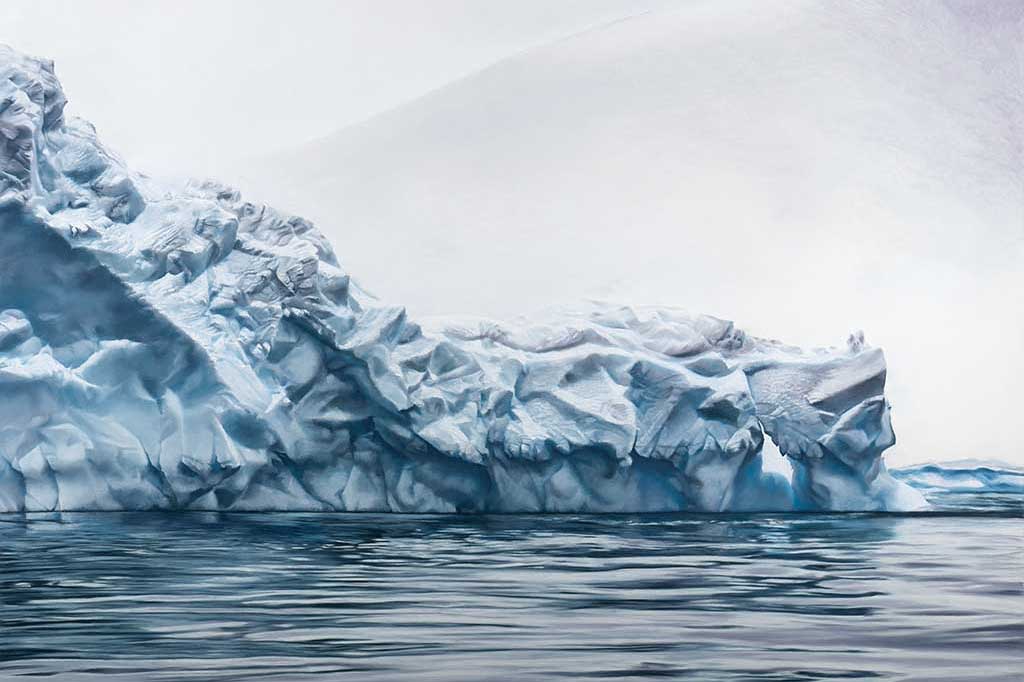
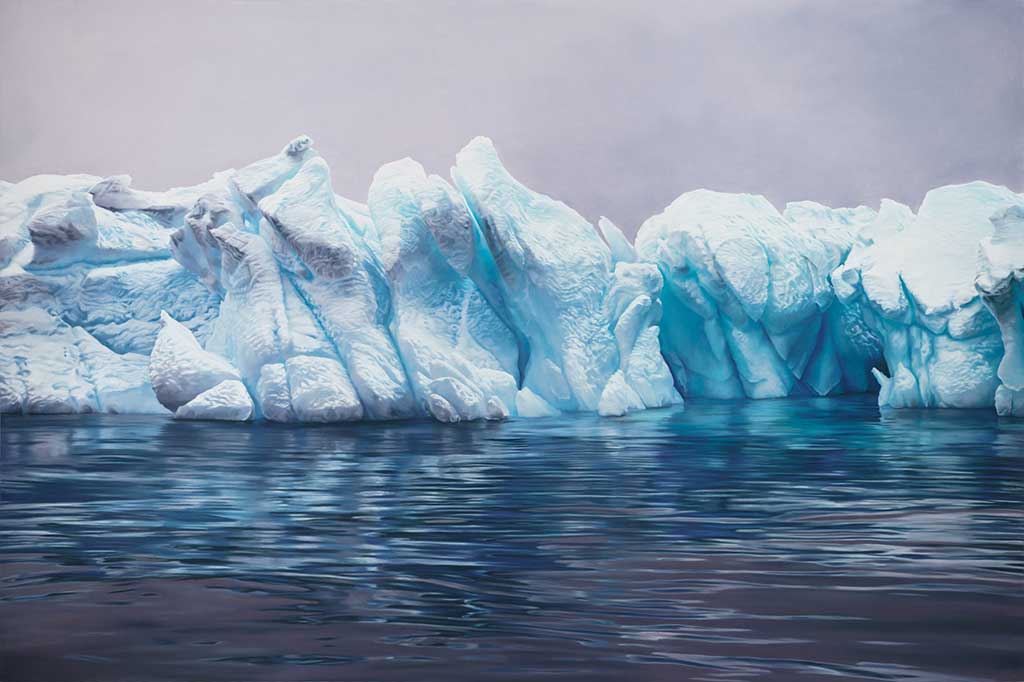
Could you tell us about your projects for the future?
My next solo show will take place at Winston Wächter Fine Art’s Seattle location in late Spring/early Summer 2017. I will also have work on view at the Seattle Art Fair this August.
I had the opportunity to experience something few people ever do: the ethereal majesty of Antarctica. Although I have traveled over the planet, from Greenland’s ice sheet to the Sahara Desert, Antarctica was unlike anything I had ever seen. The towering ice radiated a sapphire blue that took my breath away. Returning to my studio, I found myself struggling to convey the immensity of Antarctica’s beauty, and the immediacy of its endangerment in the face of climate change.
How can I share the overpowering experience of falling in love with this vast and sacred landscape so others may be moved to protect it? Many of us are intellectually aware that climate change is our greatest global challenge, and yet the problem may feel abstract, the imperiled landscapes remote. The project I propose, the most ambitious I have yet undertaken, will make Antarctica’s fragility visceral to the viewer. It aims to emulate the overpowering experience of being beside a glacier.
I propose to devote a full year to rendering a pastel drawing on a monumental scale – an Antarctic landscape twelve feet tall by thirty feet long, in vivid blues and grays, aquamarines and lavenders. This enormous composition, placed in a prominent public space, will offer viewers an environment, rather than a mere image. The sheer dimensions of this representation will do justice to the scale of the landscape while conveying the magnitude and urgency of the climate crisis.
The drawing will allow viewers a more nuanced perception of ice, offering a full immersion in the light and texture of Antarctica. I draw using an unconventionally tactile technique, using my fingers to apply and manipulate pastel pigments on paper in order to render minute subtleties of the ice. My hope is that my highly detailed, immense drawing will sensitize people to the sublimity and fragility of our rapidly changing landscapes, documenting the transition and inspiring our global community to take action for the future.
Article by Livia Formisani
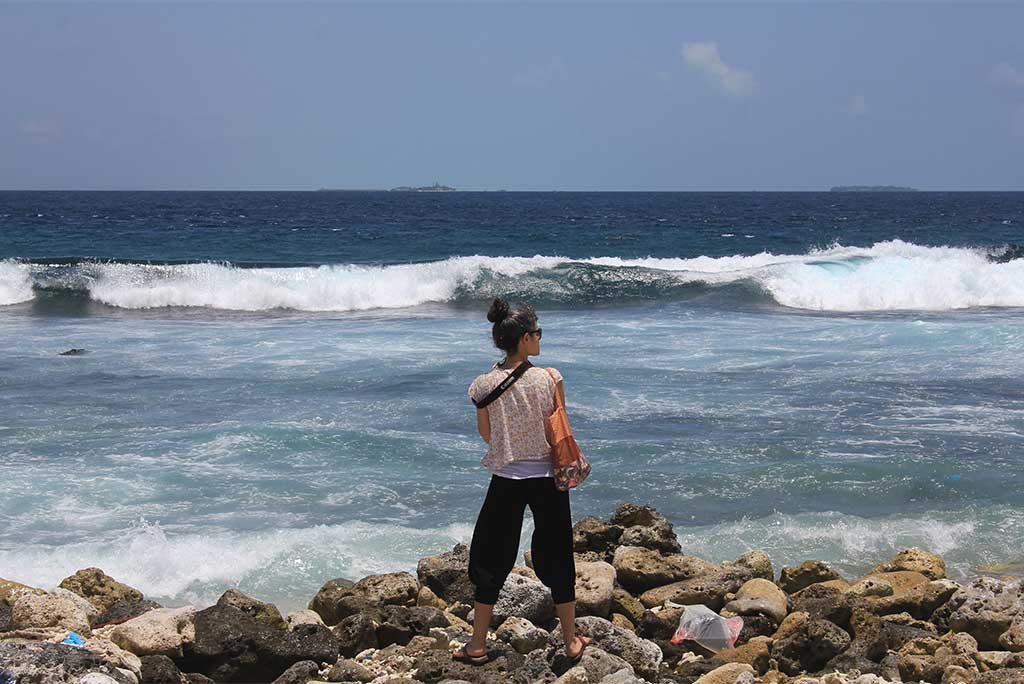
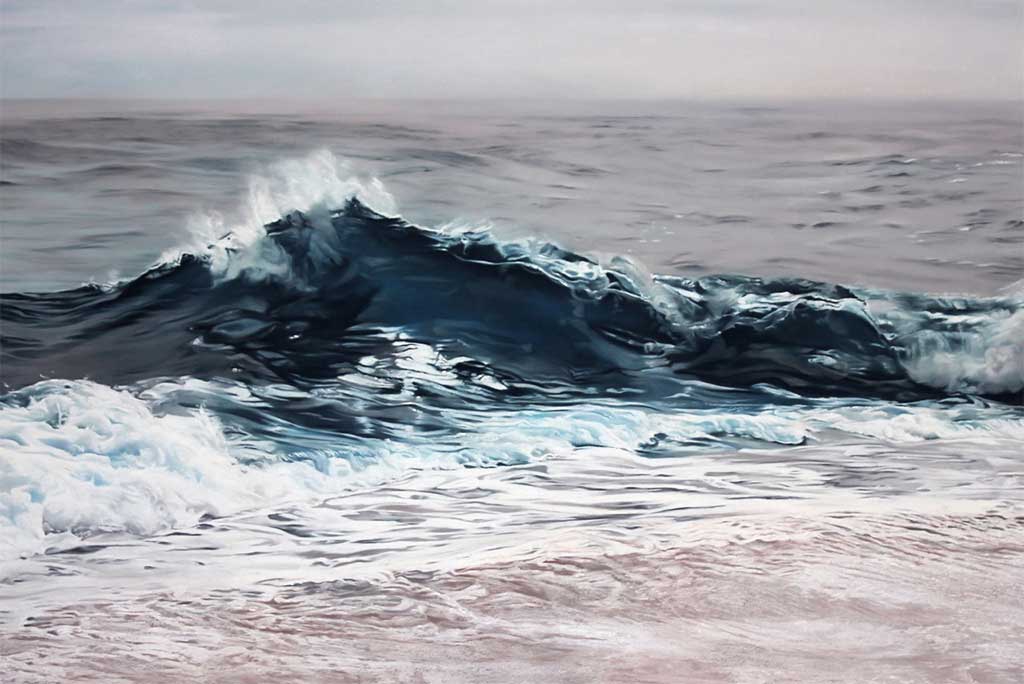

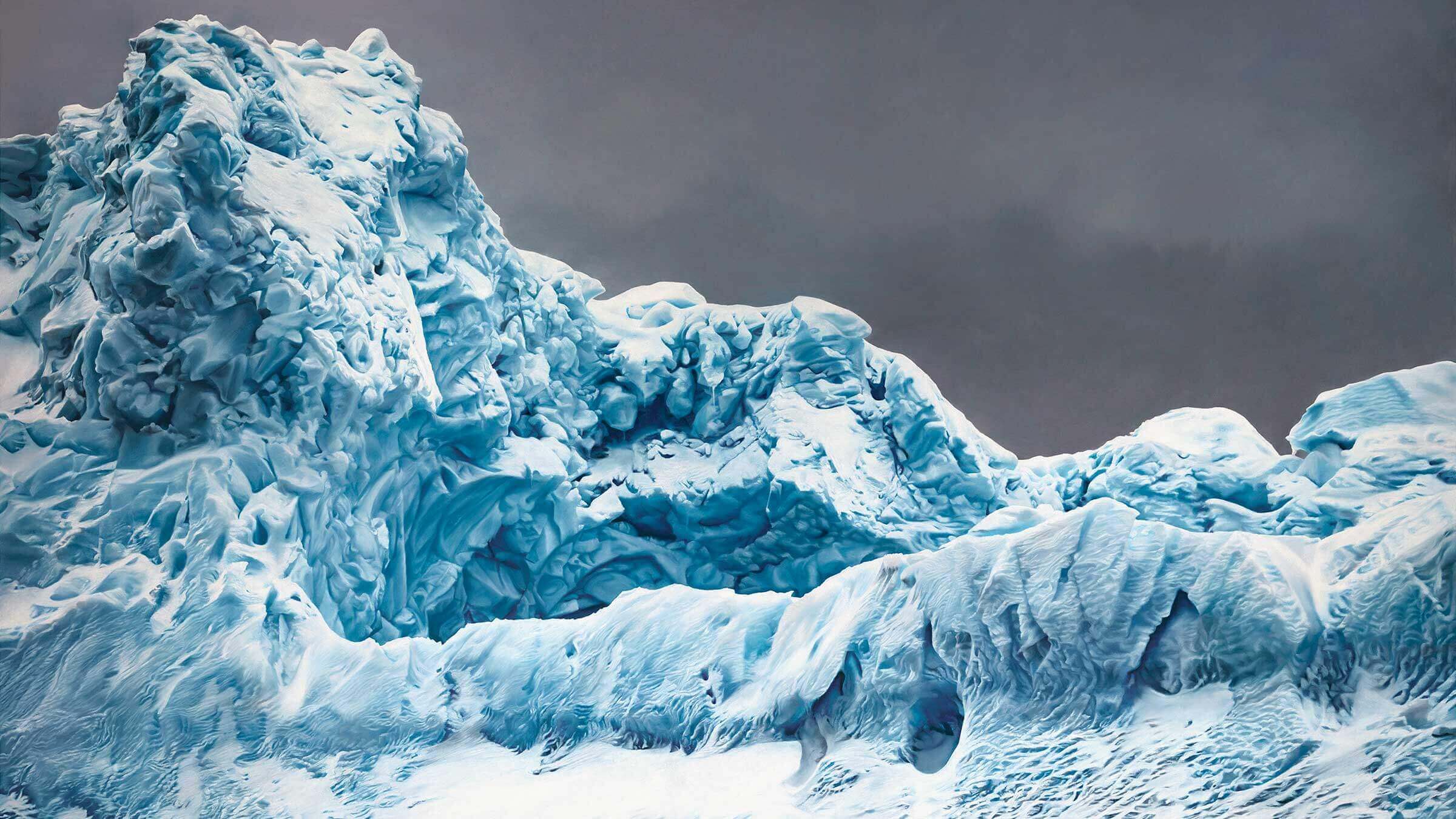
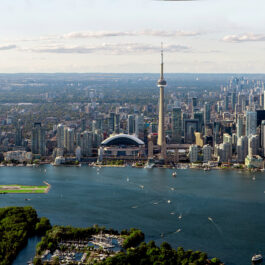
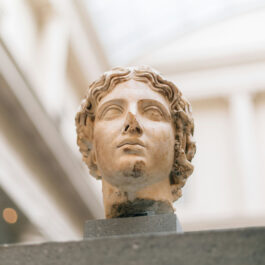
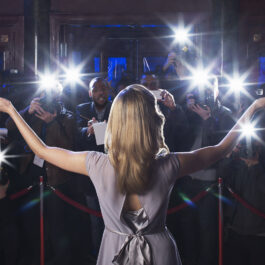

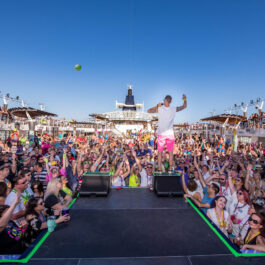
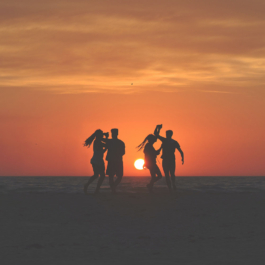
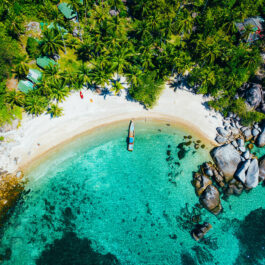
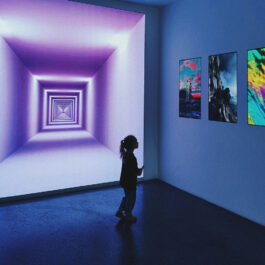
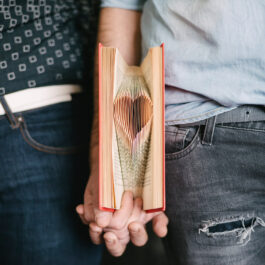
Sorry, the comment form is closed at this time.